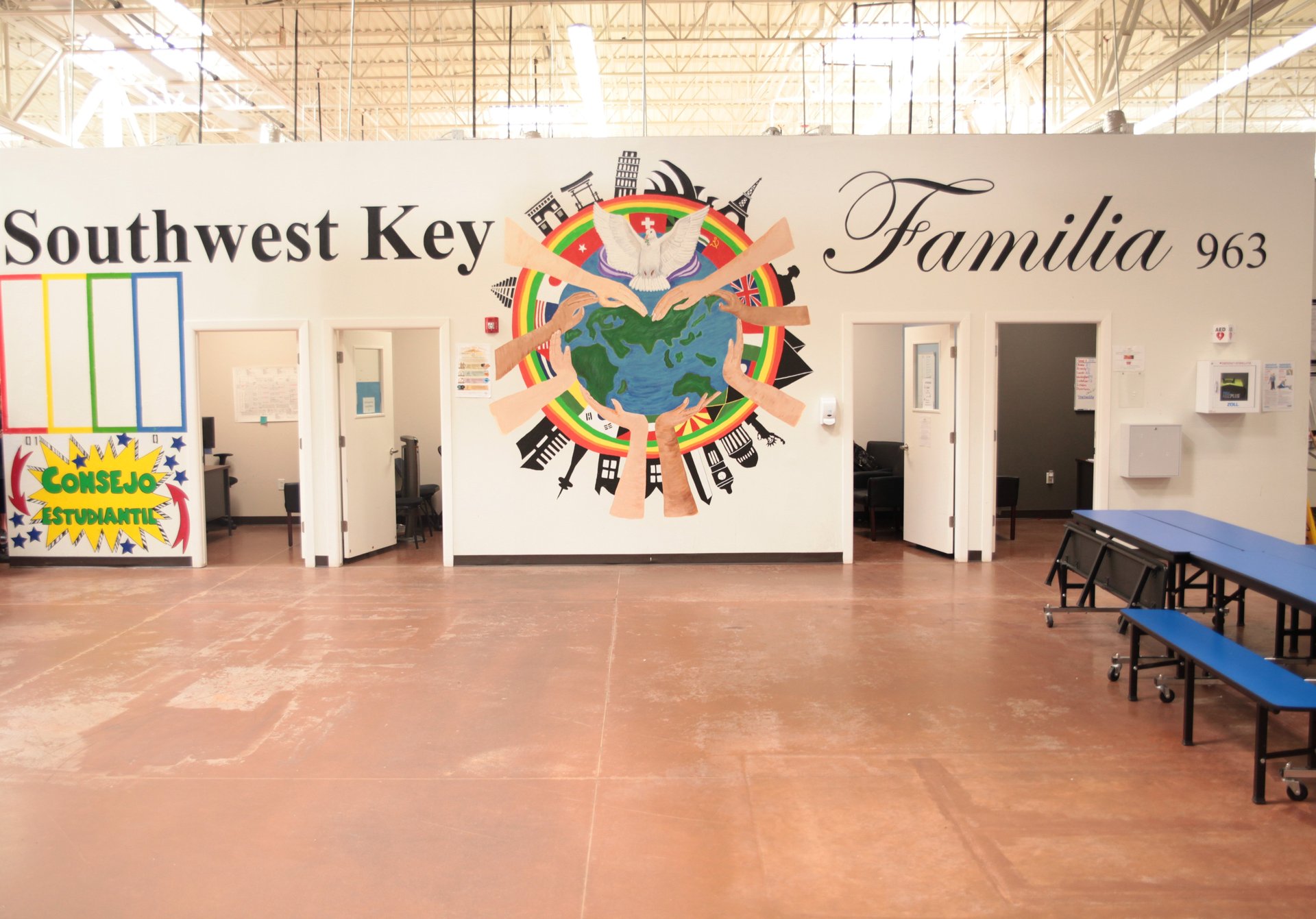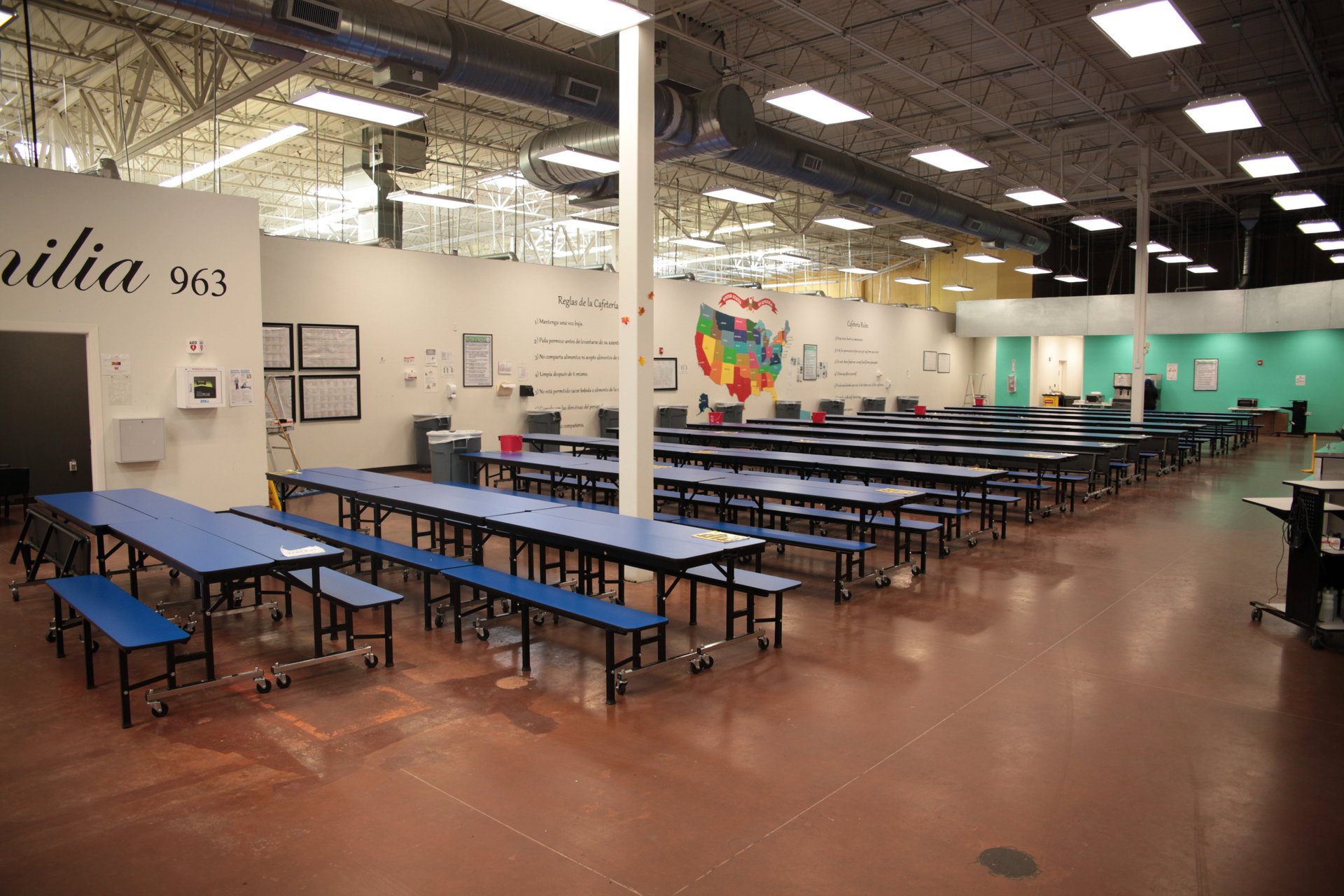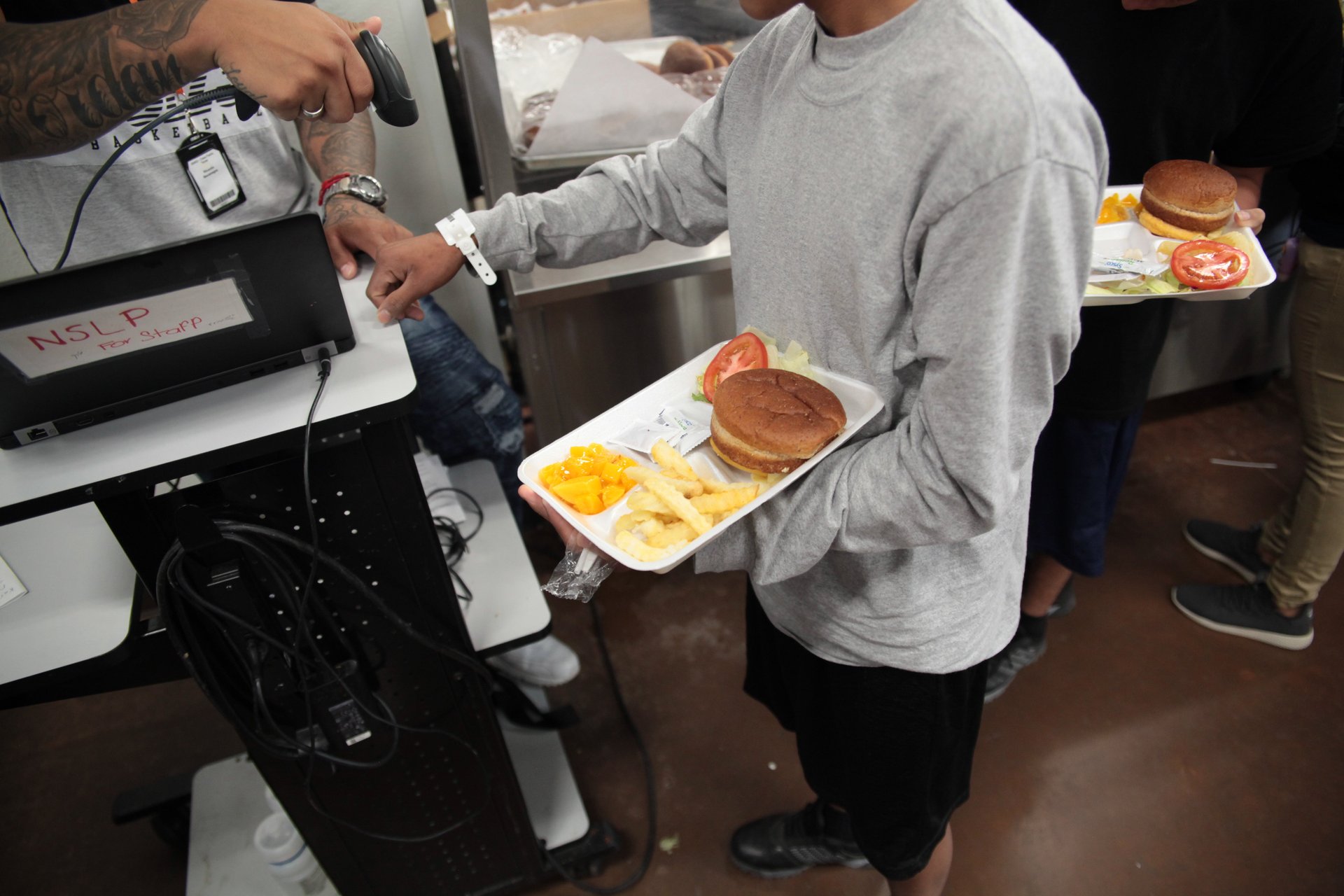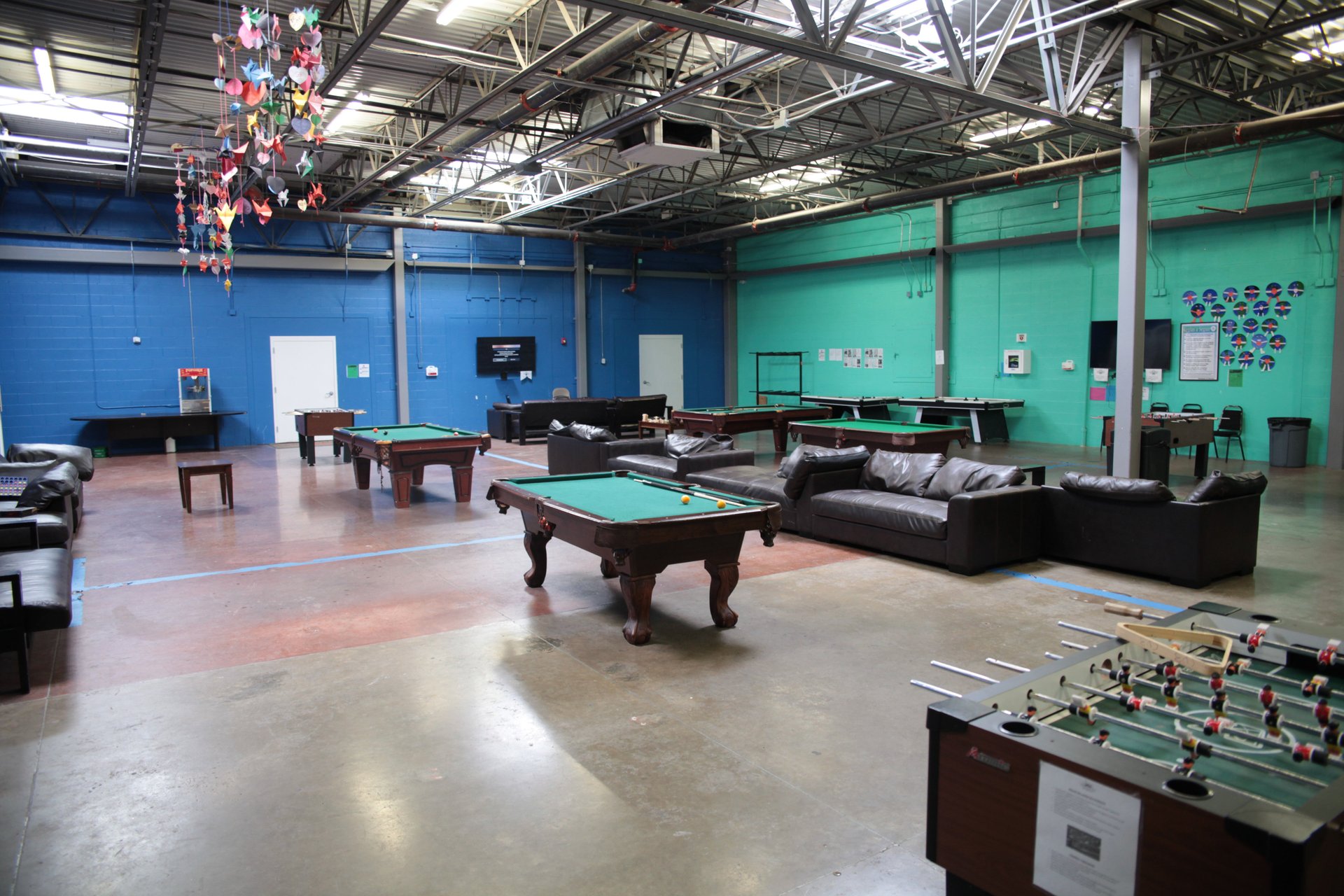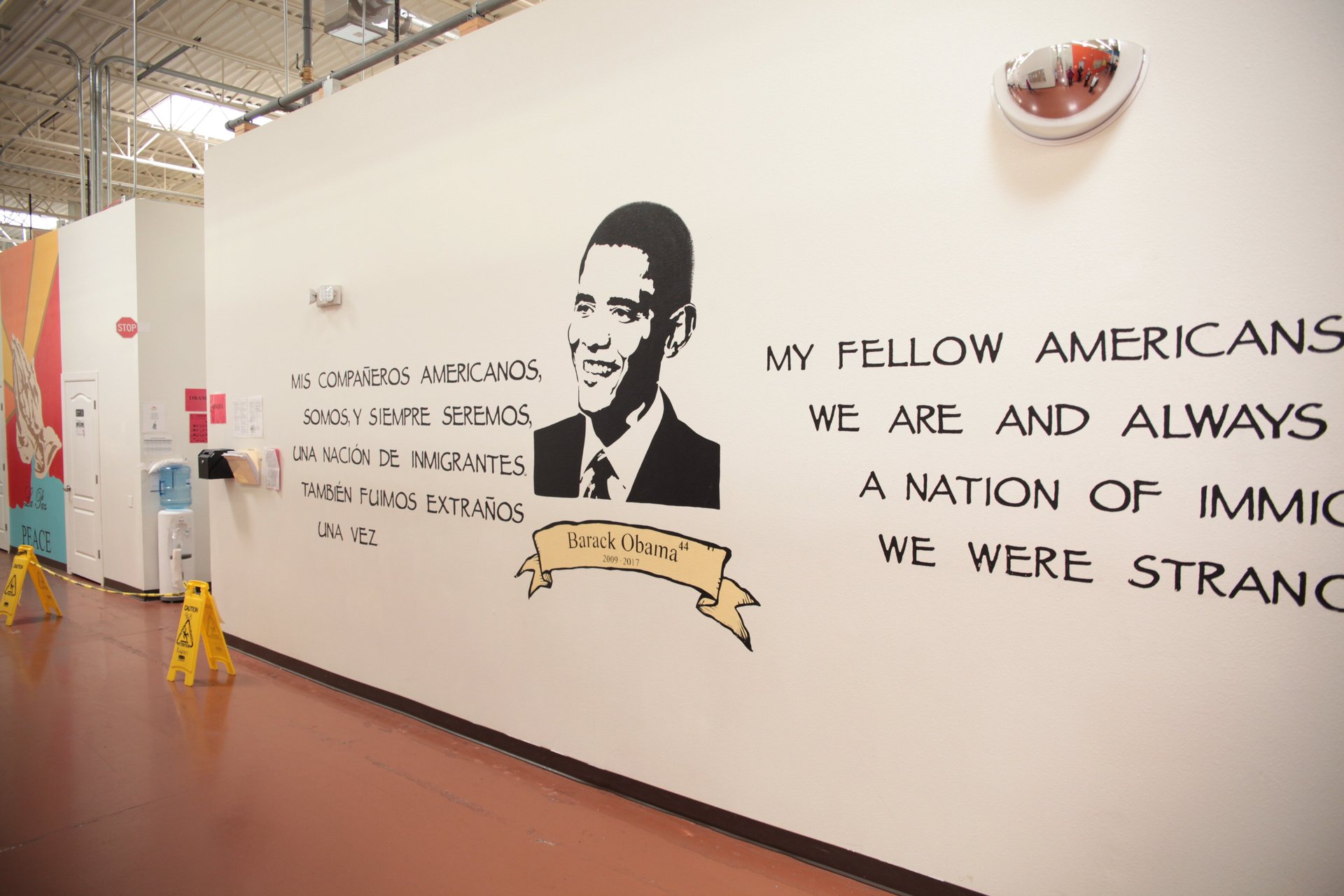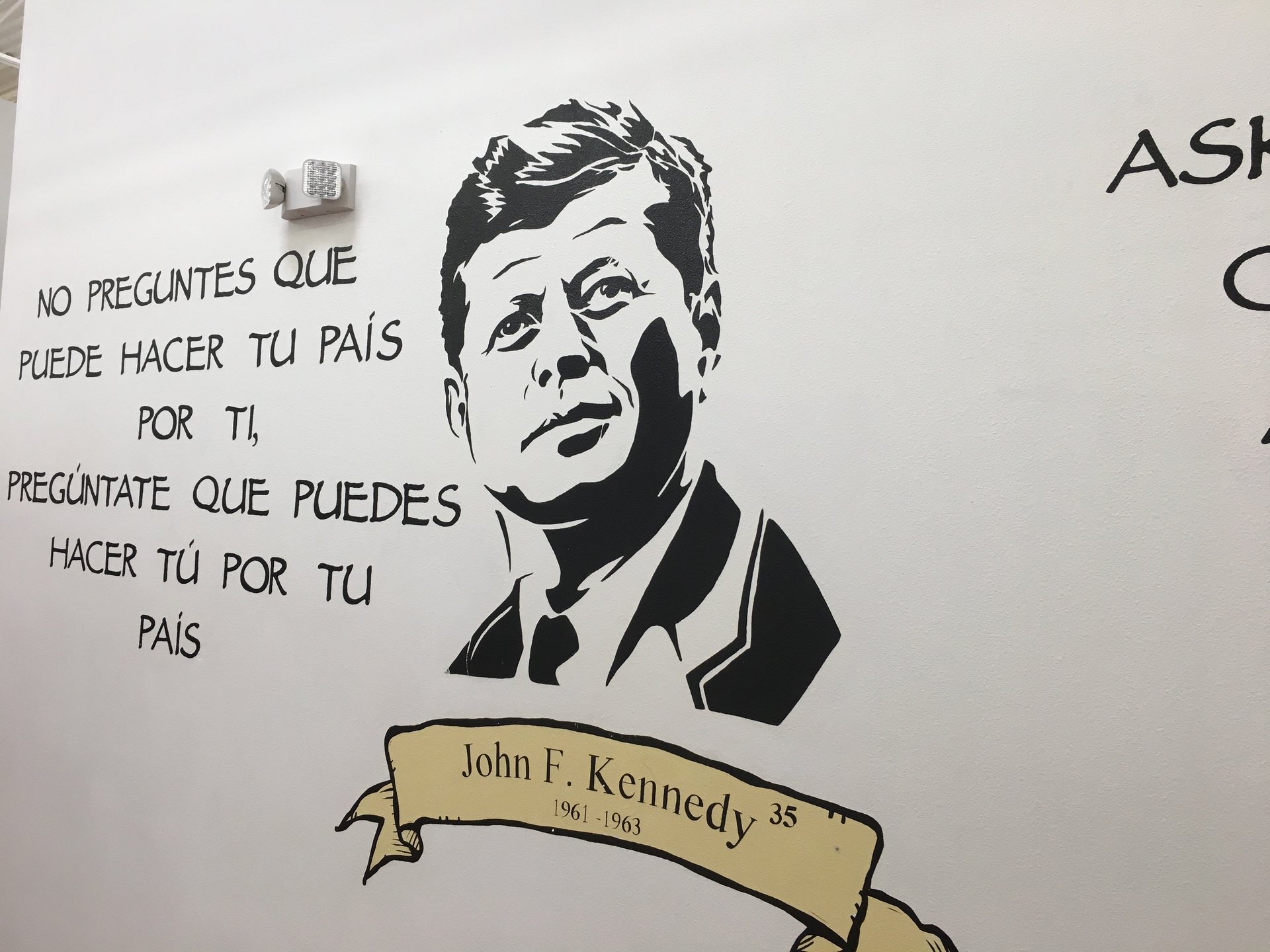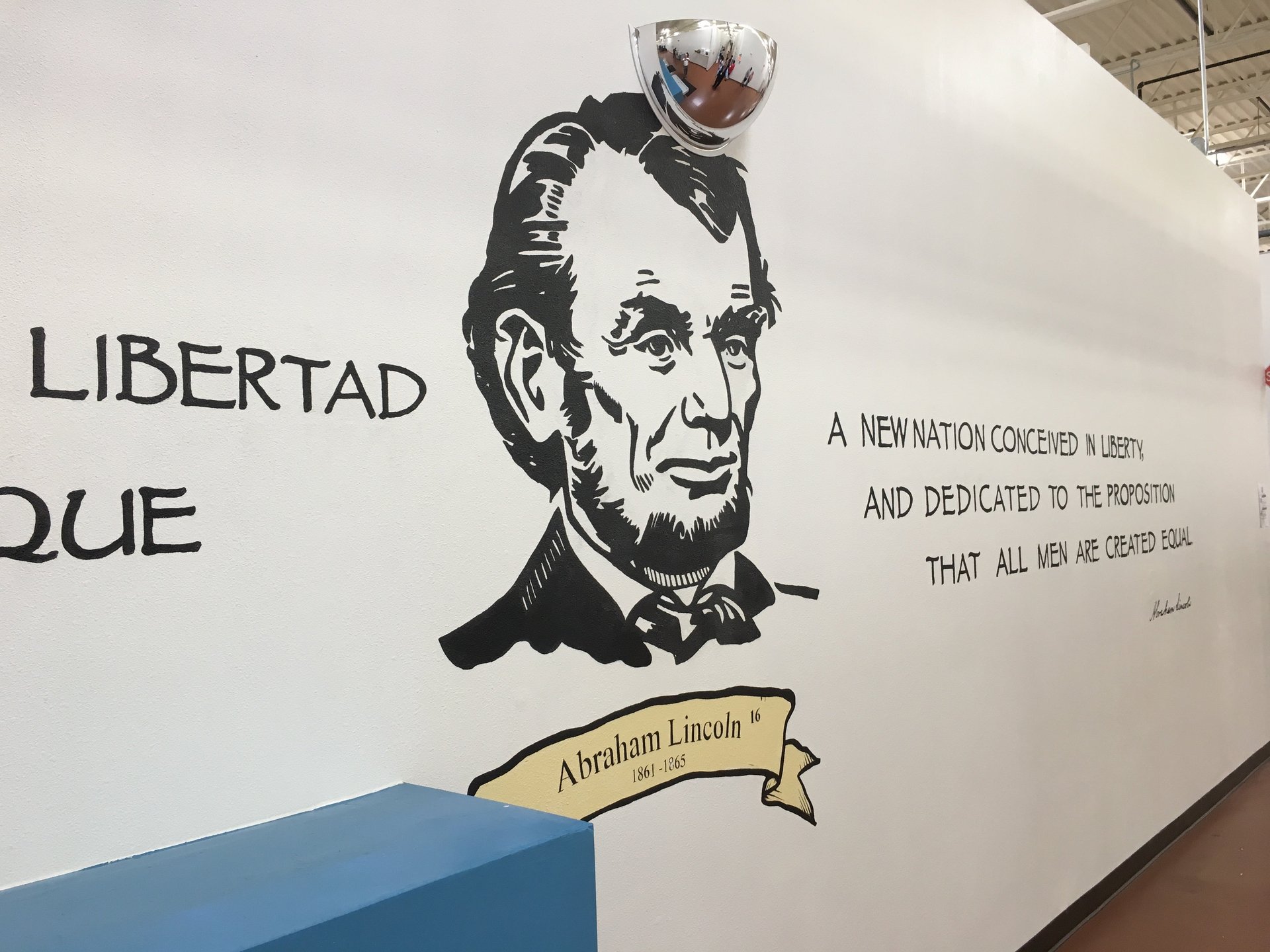A prison or a summer camp? Wildly different spins on the Casa Padre child immigrant center
On Wednesday (June 13), the US Department of Health and Human Services showed the public a gigantic facility where child immigrants separated from their parents are living. The 1,469 boys, aged 10 to 17, at Casa Padre in Brownsville, Texas, are among those affected by the Trump administration’s new “zero tolerance policy” of prosecuting every person who crosses the US-Mexico border without a proper visa, and of separating families being held.
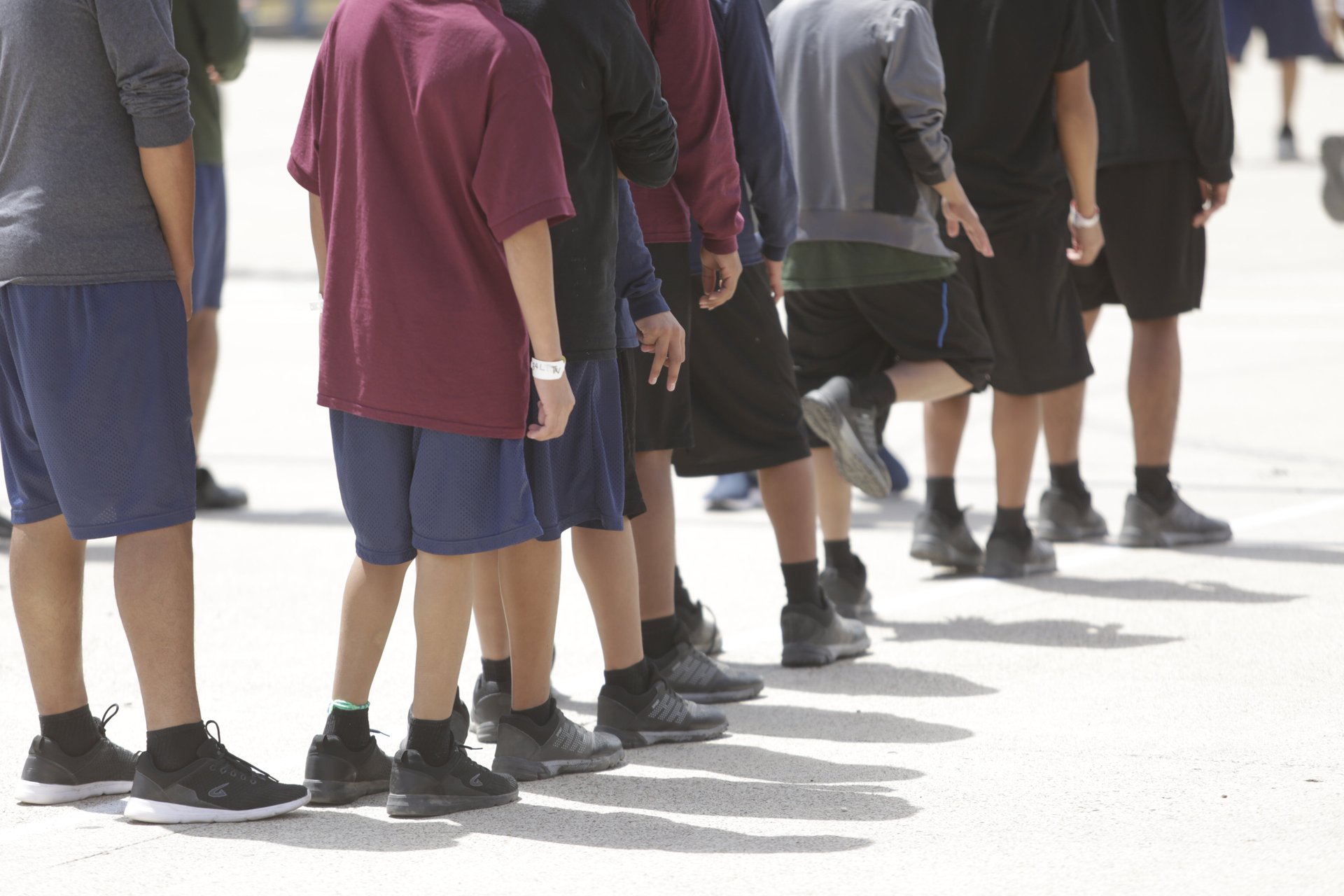

On Wednesday (June 13), the US Department of Health and Human Services showed the public a gigantic facility where child immigrants separated from their parents are living. The 1,469 boys, aged 10 to 17, at Casa Padre in Brownsville, Texas, are among those affected by the Trump administration’s new “zero tolerance policy” of prosecuting every person who crosses the US-Mexico border without a proper visa, and of separating families being held.
A sprawling former Walmart outlet has been transformed into the largest child immigrant detention center in the US. With the store’s glass windows covered, the 250,000-square-meter facility has 313 bedrooms, a cafeteria, a recreation room with billiards and foosball tables, a clinic, a barber and dirt soccer fields.
Impressions of the facility vary widely, from journalists, the Trump administration, the nonprofit that runs it, a photographer who visited recent, and a teenage former resident.
“These kids are incarcerated”
Journalists who attended Wednesday’s no-cameras-allowed tour painted a dire picture.
“It’s not as if we just want to see if we can be mean to children”
In answer to questions about the policy of holding children separately from their parents, attorney general Jeff Sessions said the government is making sure to “care for the children in a good and decent and proper way” and he blamed immigrant parents for subjecting them to “such a treacherous journey.” “It’s not as if we just want to see if we can be mean to children,” Sessions added.
Sessions quoted scripture, saying that we must “obey the laws of the government because God has ordained them for the purpose of order.” White House Press Secretary Sarah Huckabee Sanders later supported Sessions’ defense, saying it is “very biblical to enforce the law.”
On the walls are murals featuring US presidents face with a motivational quotes. President Donald Trump’s quote, “Sometimes losing a battle you find a new way to win the war,” was from his book The Art of the Deal. In its original context, Trump was writing as a New York City real estate baron, and the line referenced his efforts to evict tenants from rent-controlled and rent-protected apartments, Quartz’s Annalisa Merelli reports.
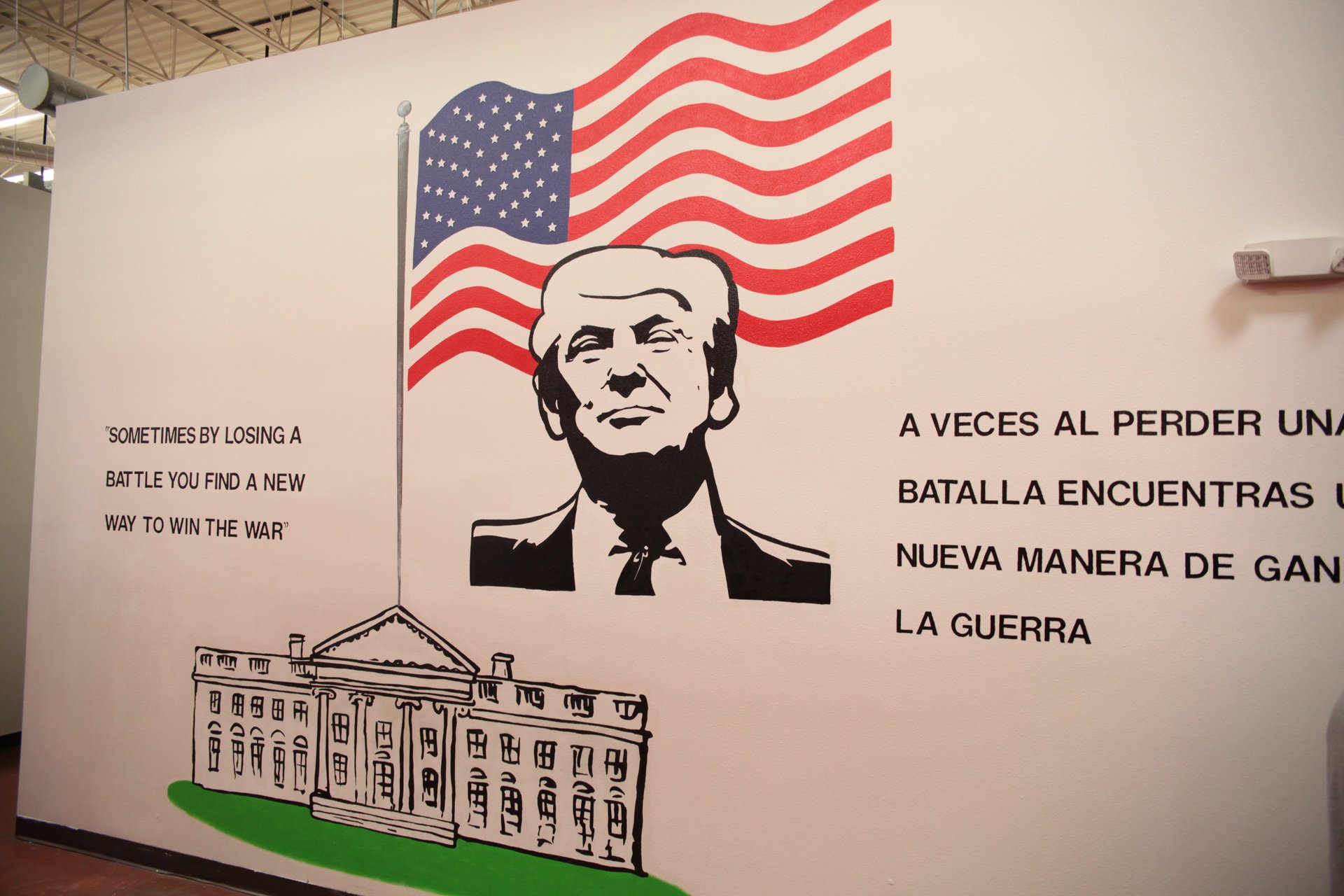
“We’re not a detention center”
The government didn’t dictate the décor at Casa Padre. It was designed by Southwest Key Programs, the nonprofit group that runs the facility, along with other immigrant youth facilities across the US, under a federal contract.
Martin Hinojosa, director Southwest Key Programs, insists that Casa Padre isn’t a prison, or even a detention center. ”We’re trying to do the best that we can taking care of these children. Our goal ultimately is to reunite kids with their families…We’re not a detention center,” he tells the Washington Post. “What we operate are shelters that take care of kids. It’s a big, big difference.”
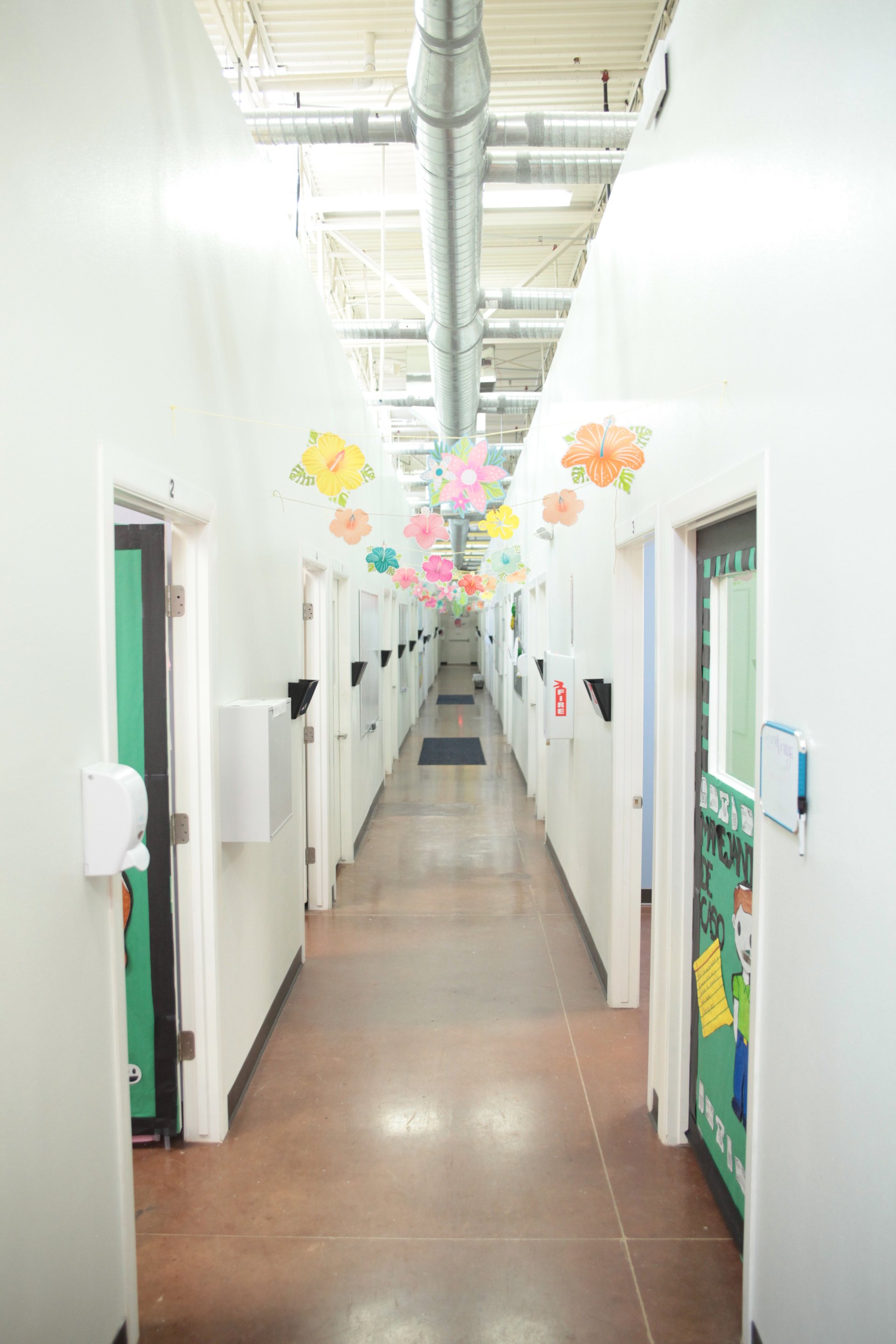
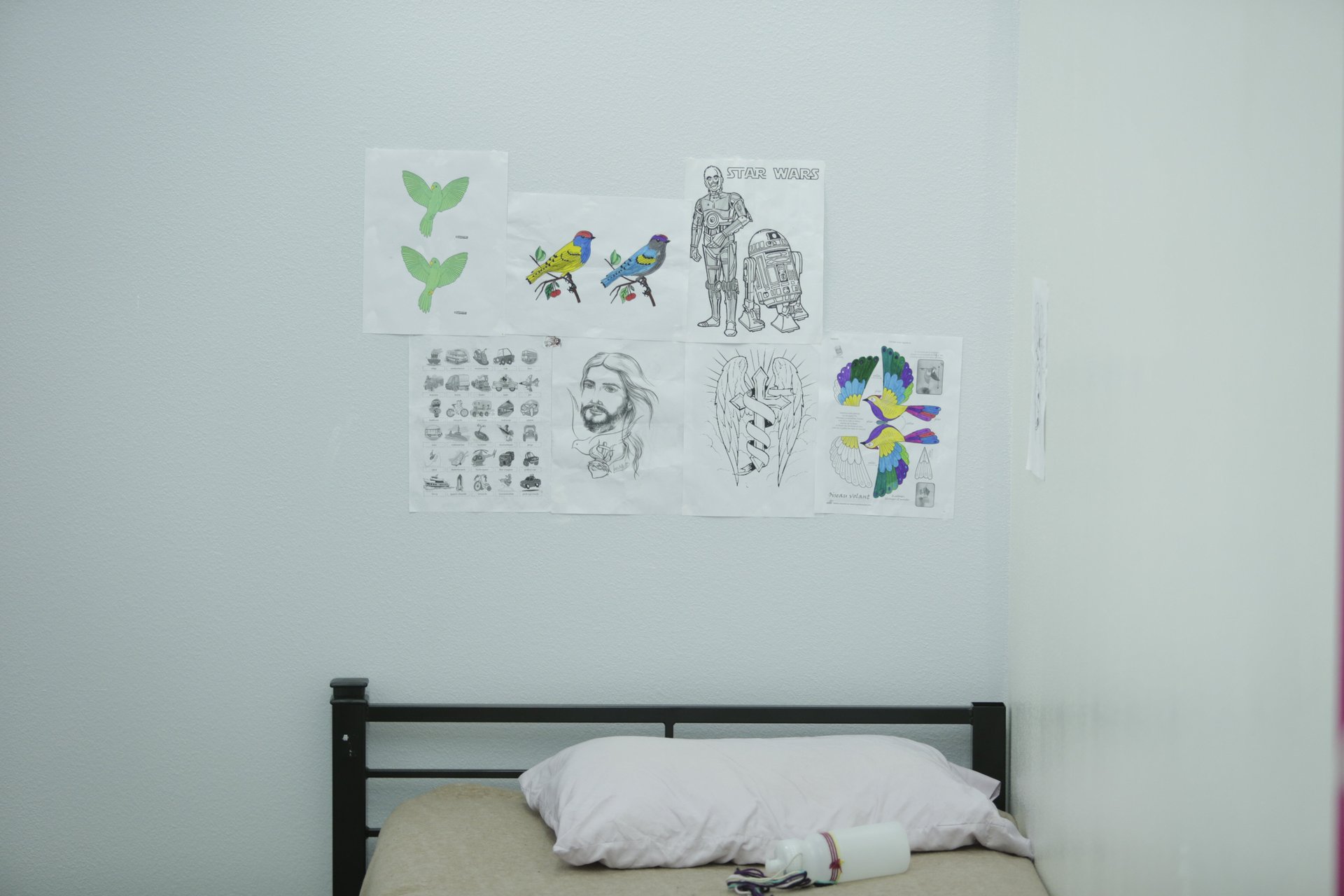
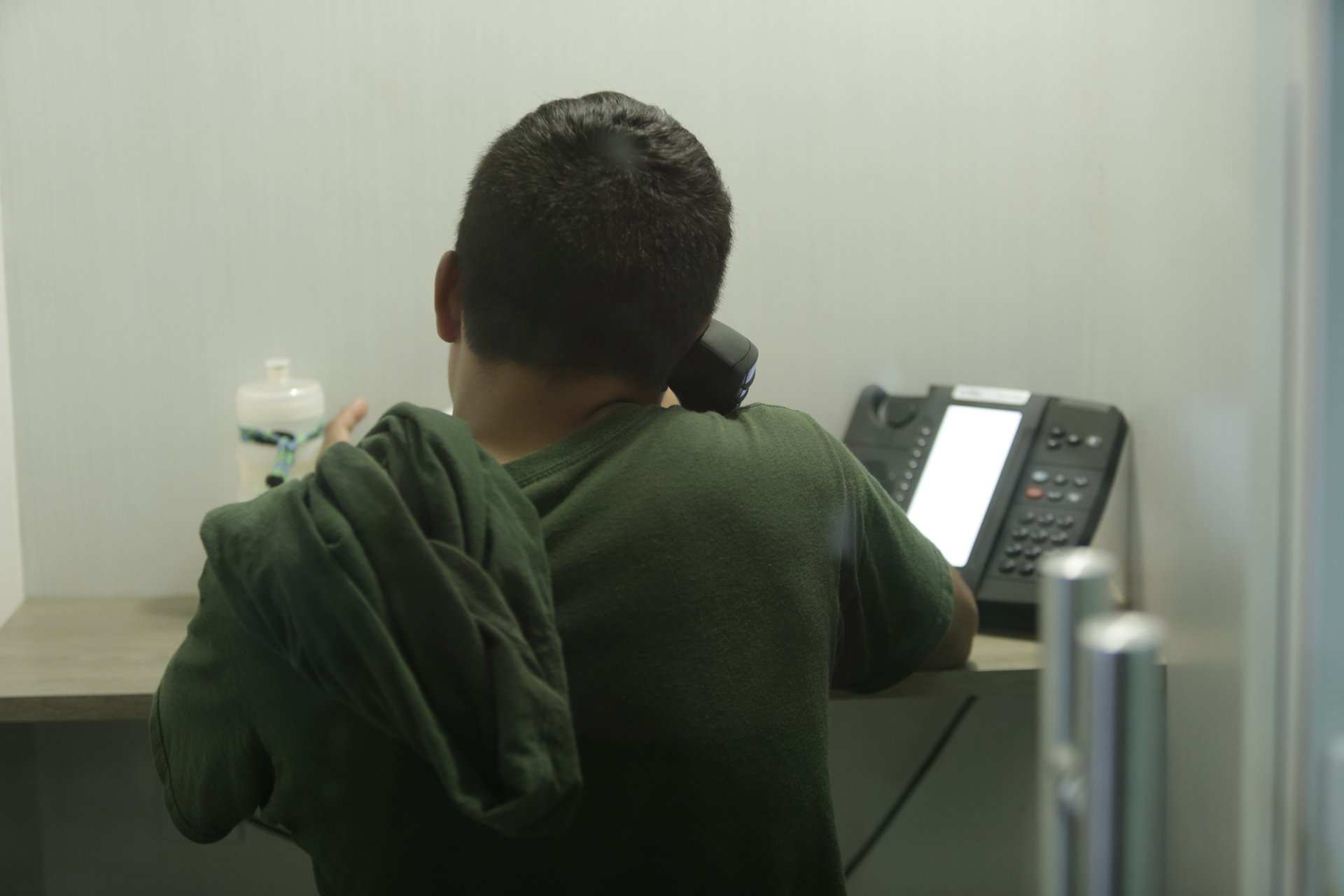
“The mood, to me, was almost ‘summer camp’ like”
Cliff Ranson, the photographer hired by HHS to accompany journalists, also argued that the center is a pleasant place for children. In an email to Quartz, he likens the mood at Casa Padre to a summer camp:
The center is amazing, it is not a Holiday Inn, but it is not like a prison as described. It is a rather plain holding, or detention facility that was a former Wal-mart. The kids appeared happy, they were smiling, they said good morning, they fist bumped me as I walked by. I am 6’5” and they didn’t appear to be the least bit intimidated by my presence. I smiled and briefly spoke with many of them. I did not witness a single child in visible distress. Of the close to 1,500 kids there, I saw more than half of them. I saw where a reporter said it was like “organized chaos”, it was nothing like that. The kids were well behaved, were participating in activities, and were kept busy. It was reported that they were ‘locked up’ all but 2 hours out of the day. It is 105 degrees here, kids in the nicest houses don’t spend that much time outside! So, the mood, to me, was almost ‘summer camp’ like. I was very impressed with all the workers and how they engaged the kids in the activities.
Ranson, who specializes in portraiture and events coverage, says he was at the facility for three hours and was accompanied by an escort. He had free reign to shoot images as long as he cropped out faces to protect the identity of the minors. “It’s too bad I couldn’t show the smiling faces and how well they were getting along with each other,” he writes. “This is what I witnessed, no bias, no agenda, plain truth.”
“Everyone complained about the food.”
The Washington Post interviewed Jairom, a 17-year old who’s been living at Casa Padre for a month. He says the basic accommodations are better than surviving outdoors, but complained that the food is terrible. “They gave us a bit of bread, a nasty egg and some beans and an apple and some milk,” he said. “Everyone complained about the food.”
Here are some of Ranson’s images of the center:
